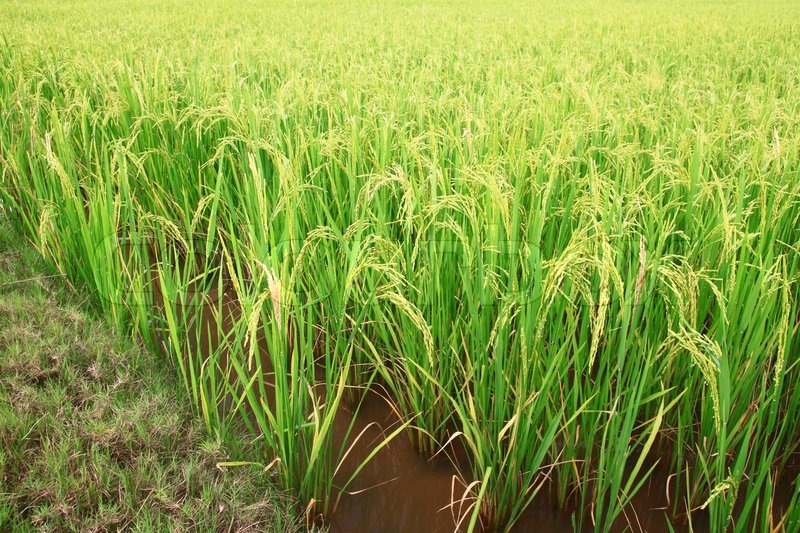 Hiyasmin Rose L. Benzon, Ma. Rosnah U. Rubenecia, Venecio U. Ultra, Jr.2, 3, Sang Chul Lee
Hiyasmin Rose L. Benzon, Ma. Rosnah U. Rubenecia, Venecio U. Ultra, Jr.2, 3, Sang Chul Lee
School of Applied Biosciences, Kyungpook National University, Daegu 702-701, South Korea
College of Natural Sciences, Catholic University of Daegu, Gyeongsan 712-702, South Korea
University of Eastern Philippines, Catarman, Northern Samar, Philippines
Key words: Agronomic parameters, Antioxidant activity, Nanofertilizer, Phenolic content.
Abstract
Polished rice usually lacks essential elements. Cultivation for increased yield with high nutritional value is thus a challenge. A greenhouse experiment was conducted to determine the effects of nanofertilizer application on the yield, total phenolic content (TPC) and antioxidant activity of rice cv. Ilpum. Results showed that agronomic parameters were significantly enhanced by all combination treatments except for that applied with nanofertilizer only. The full recommended rate of conventional and nanofertilizer (FRR-CF+FRR-NF) enhanced the plant height, chlorophyll content, number of reproductive tillers, panicles, and spikelets. The magnitudes of increase over the FRR-CF were 3.6%, 2.72%, 9.10%, 9.10%, and 15.42%, respectively. Similar results were seen in panicle weight (17.4%), total grain weight (unpolished-17.5%, polished-20.7%), total shoot dry weight (15.3%), and harvest index (2.9%).  Half the recommended rate of nanofertilizer enhanced TPC, reducing power and 2, 2’- azinobis-(3-ethylbenzothiazoline-6-sulfonic acid (ABTS) scavenging activity by 51.67%, 36.28%, and 20.93% respectively over the FRR-CF+FRR-NF treatment. TPC (557.55 mg GAE/100g) was higher compared to some pigmented rice cultivars. ABTS assay revealed that the scavenging activity could reach 97.23%. However, the highest hydroxyl scavenging activity registered on the FRR-CF+FRR-NF treatment (55.11%). The chelating capacity and 2, 2-diphenyl-1-picrylhydrazyl (DPPH) scavenging activity of the rice extracts did not noticeably differ among treatments. TPC appeared indirectly related to total grain yield and total shoot biomass. Alternatively, a strong positive correlation appeared between TPC and reducing power (94%), as well as ABTS radical scavenging activity (89%). Nanofertilizer application promoted the growth, development, TPC, and antioxidant activity in rice, demonstrating the potential to improve crop production and plant nutrition.
Half the recommended rate of nanofertilizer enhanced TPC, reducing power and 2, 2’- azinobis-(3-ethylbenzothiazoline-6-sulfonic acid (ABTS) scavenging activity by 51.67%, 36.28%, and 20.93% respectively over the FRR-CF+FRR-NF treatment. TPC (557.55 mg GAE/100g) was higher compared to some pigmented rice cultivars. ABTS assay revealed that the scavenging activity could reach 97.23%. However, the highest hydroxyl scavenging activity registered on the FRR-CF+FRR-NF treatment (55.11%). The chelating capacity and 2, 2-diphenyl-1-picrylhydrazyl (DPPH) scavenging activity of the rice extracts did not noticeably differ among treatments. TPC appeared indirectly related to total grain yield and total shoot biomass. Alternatively, a strong positive correlation appeared between TPC and reducing power (94%), as well as ABTS radical scavenging activity (89%). Nanofertilizer application promoted the growth, development, TPC, and antioxidant activity in rice, demonstrating the potential to improve crop production and plant nutrition.
Get the original articles in Source: Volume 7, Number 1, July 2015 – IJAAR
Journal Name: International Journal of Agronomy and Agricultural Research (IJAAR)
Published By: International Network for Natural Sciences
